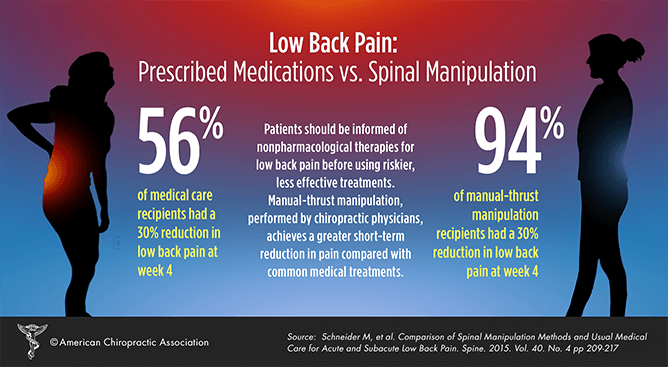Simply When You Believe Relief Is Near, Soft Tissue Therapy Exposes Its Uneasy Realities-- Uncover Why The Process Can Be Unpleasant Yet Useful
Simply When You Believe Relief Is Near, Soft Tissue Therapy Exposes Its Uneasy Realities-- Uncover Why The Process Can Be Unpleasant Yet Useful
Blog Article
Staff Writer-Cleveland Yildiz
When you go through soft Tissue therapy, you might find it surprisingly uneasy. This pain occurs as stress is put on stressful muscle mass and damaged cells, triggering your discomfort receptors. While it can feel stressful in the minute, there's a reason behind this experience. Understanding what takes place in your body during these treatments can help you appreciate the procedure. So, what exactly is going on beneath the surface?
The Physiology of Pain During Soft Tissue Treatment
When you go through soft Tissue therapy, your body's response to discomfort is an intricate interplay of physiological procedures. As the specialist uses pressure, your body activates pain receptors, sending signals to your brain. This activates the launch of neurotransmitters, such as material P and glutamate, which amplify the sensation of discomfort.
Your muscular tissues may also tighten in action, more complicating the experience. On top of that, your body may launch endorphins, all-natural pain relievers that can aid reduce some pain.
The interaction between these procedures can produce a distinct experience for every person. Understanding this physical response aids you navigate the feelings throughout therapy, allowing you to appreciate the balance in between discomfort and the potential for recovery advantages.
The Duty of Discomfort in the Recovery Process
Although discomfort during soft Tissue treatment can really feel overwhelming, it plays a crucial function in the healing procedure. When you experience pain, your body is signaling that it's functioning to fix damaged cells. This reaction assists raise blood flow to the affected location, delivering important nutrients and oxygen needed for recovery.
Furthermore, discomfort can promote the launch of endorphins, your body's all-natural medicines, producing a sense of alleviation post-treatment. Accepting this pain can assist you understand your body's restrictions and encourage you to deal with underlying issues.
While it's awkward now, this procedure is important for long-lasting recovery and improved feature. Recognizing discomfort as a vital part of recovery can empower you to stay devoted to your treatment.
Tips for Handling Pain During and After Treatment
Handling discomfort during and after soft Tissue treatment can considerably improve your total experience and recuperation.
To start, communicate openly with your specialist about your discomfort levels; they can readjust strategies appropriately. Making use of deep breathing methods can also aid you relax and ease pain.
Consider using ice to the cured area post-session to decrease swelling and numb pain. Remaining moisturized aids in the recovery procedure, so consume alcohol lots of water.
https://caraccidentdoctornearme84051.blogitright.com/33189598/i-recognize-the-lure-to-resume-your-regimen-but-discover-necessary-suggestions-for-a-smoother-healing-that-might-transform-your-recovery-experience extending and light movement after therapy can advertise blood circulation and ease rigidity. Lastly, guarantee you obtain appropriate rest to allow your body to heal.
Carrying out peptides supplement can make your soft Tissue therapy extra convenient and enjoyable.
Conclusion
To conclude, while soft Tissue therapy can be uncomfortable, it's essential to identify that this discomfort plays a vital duty in your healing trip. By recognizing the physical actions at play, you can come close to the treatment with a more positive way of thinking. Remember, the first pain usually gives way to alleviation as your body releases endorphins. Welcome the process, and don't think twice to use the pointers for taking care of discomfort to improve your experience and recuperation.
